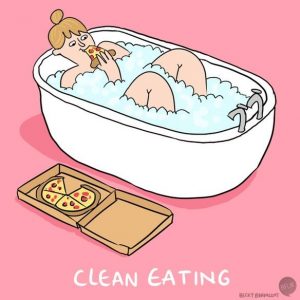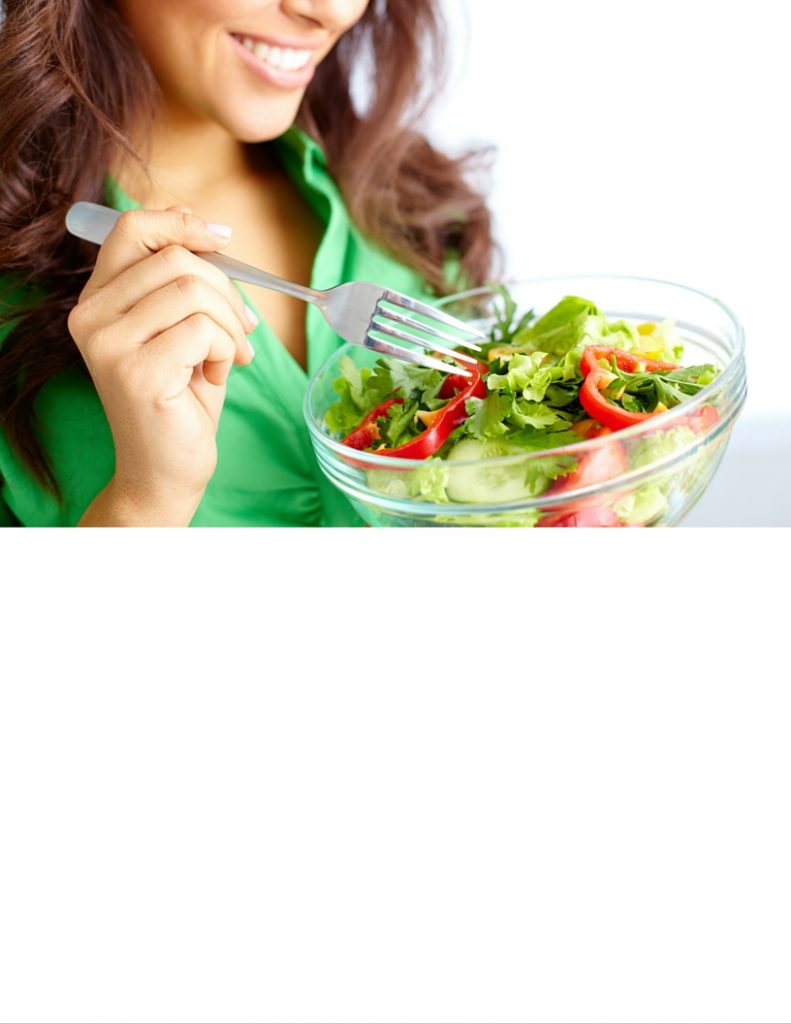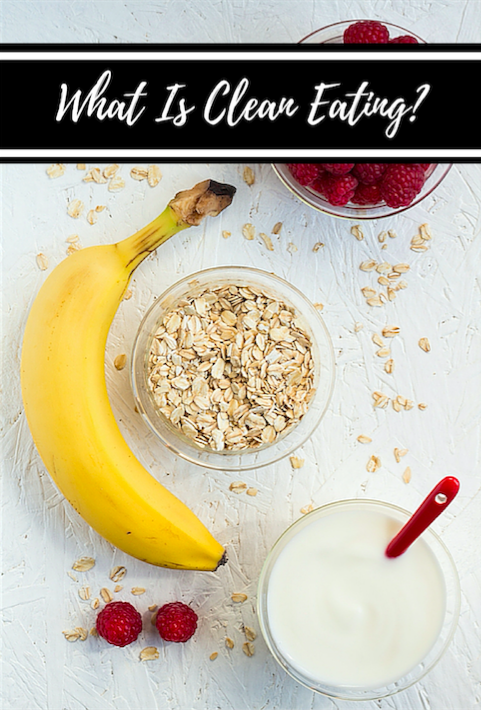
Clean eating meme from BuzzFeedUK
Is this your ideal version of clean eating? I know I sure wouldn’t complain if this was what being a clean eater entailed! But, alas, it is not. So if clean eating does not require one to eat their favorite food while soaking in a luxurious bubble bath (which I would fully support if that became a thing, by the way), What Is Clean Eating?
Now, I have a disclaimer. This post is by no means meant to convince you to change your whole life, but rather to simply to inform you. I say “whole life” because let’s be honest- our lives revolve around food.
We have specific time slots where our body tells us we need to eat and if we skip those times, our body is going to let us know it is not happy. Food is the center of social events. Food is what gives our bodies fuel. Food is…Ok, well you get the picture! Food is important.
So what is clean eating?
To put it simply, clean eating is generally staying away from processed and refined foods and consuming whole foods. But even this definition comes with caveats.
There is a wide spectrum of clean eaters and what people deem as whole foods/processed foods. Some say that anything with a label disqualifies it from the category of whole foods. However, in my opinion, if we are to be realistic, you probably would need to live on or near a farm to live off of that definition of whole foods.
Others say that whole foods can have a label, just stay away from those with a long list of ingredients. This tells you that the food has been processed or refined as little as possible.
I personally like the definition of what clean eating is given by Manuel Villacorte, MS, RD,
“I define a clean eater as someone whose diet consists of 80 to 90 percent whole foods, 80 to 90 percent cooking and preparing their foods from scratch, using minimally-processed foods and including superfoods in their diets.”
Read what other registered dietitians say about their definition of clean eating here.
From my research, it seems some may refer to clean eating as a diet (or use it as a diet/way to detox), but most qualify it as a lifestyle choice. So what are the shalls and shall nots of clean eating? Here is the general consensus that I discovered from my research.
What are the Thou shalts?
Thou shalt eat five to six times a day. Now, don’t go eating six big meals! It’s more like three meals and two to three snacks. The idea behind this is to have a steady intake of food that will keep your metabolism going. Hopefully, you’ll be less likely to reach for your favorite vending machine food if you’ve been eating throughout the day.
Thou shalt eat whole foods. Choose whole, natural foods when you hit up the grocery store. Again, this commandment of the clean eaters is dependent on your definition of whole foods. But the overall principle is to consume fruits, vegetables, whole grains, low fat dairy, and grass-fed/free-range meats. The types of food allowed in clean eating is where the Paleo diet vastly differs.
Thou shalt include protein, carbohydrate, and fat at every meal. We’ve heard it time and time again from our moms and teachers, it is important to have a balanced diet. I am such a slacker with this all-too-true advice. I’m always like, “Why yes of course, I’ll take another roll…” (six rolls later).
Half the battle is striving to include a variety of foods in your diet. The other half of the battle is portion control. I’d recommend checking out the recommended portion sizes from the U.S. National Library of Medicine, you’re sure to have some new food goals.

Vegetables are stuffed full of vitamins and fiber, which helps you feel full and gives your bodyits needed nutrients. So making a concentrated effort to include those veggies in your diet for eating clean is key!
This Grandma Is Fun has some great clean eating Recipes to look through if you are interested in cooking up a tasty meal. Below are a few that I picked out for my meal hit list.
What are the Thou shalt nots?
Thou shalt not eat processed food and refined sugars. Avoiding processed foods that have a long list of ingredients on the label is probably the best way to go. If you can’t even pronounce the ingredient, healthy eaters say to avoid it like the plague.
Try incorporating/substituting those refined grains (like white flour) with whole grains like quinoa, brown rice, whole wheat bread, oats, amaranth, and others. If refined sugar is a hard one, Elle Paula from SFGate, offers some great suggestions on How to Eliminate Refined Sugars.
Thou shalt not drink away all your calories. Drink my calories? Yes, you read right. Avoid soda, coffee, and other high calorie drinks. Also, limit your alcohol intake. The recommended limit is one drink per day for women and two for men. Strive to stick with water, low-fat/skim milk, or 100 percent fruit juice.

Fats. You need not avoid them all together, remember there are healthy fats! Try to replace some of those common fats (whole milk, butter, sour cream, fatty cuts of meats) with olive oil, nuts, peanut butter, avocado, fish, low-fat dairy, and other yummy substitutes.
Sugar. This one can be catching-a-gazelle-kind-of-hard-thing to avoid if it is normally part of your diet, which for most it is. So start small. Look for foods without sugar as an ingredient or make sure it is listed closer to the end. Limit yourself on soda, candy, desserts, and some boxed cereals.
Some Tips
- Don’t buy it just because it says it is “clean.” Do your research because you may end up spending more money then you’re wallet can take.
- Spice it up. When switching from processed foods to whole foods, things can taste pretty bland. So dive into your spice cabinet or stock up on those much needed spices. My favorite go to spices include basil, rosemary, parsley, cinnamon, nutmeg, cumin, paprika, and dill.
- Remember, just because it’s called “clean” eating does not mean that other foods are “dirty.” Nor should we food shame those who choose not to go with the clean eating regiment. Jaclyn London, a registered dietitian, wrote a great article over at Good House Keeping addressing clean eating and this particular topic more fully.
- Don’t obsess over it. In the article I mentioned above, London recommends to embrace indulgence. If we become too obsessed with checking every little thing we eat (unless of course you have an allergy or medical condition), we forget that it’s ok to eat something we want. Like that tub of cookie dough ice cream sitting in my freezer… It’s all about moderation.
Well, I hope you learned a little bit more about exactly what is clean eating!
Clean eating is similar to the Paleo diet. To learn more about the Paleo diet and how it differs from clean eating click here!


Leave a Reply